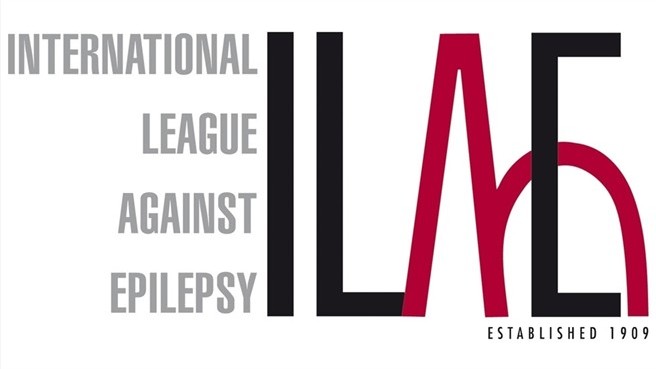Heat at the synapse revisited. STX1B encodes syntaxin 1B, one of three proteins – along with SNAP25 and synaptobrevin – that form the SNARE complex. The SNARE complex is part of the protein machinery responsible for Ca2+-dependent fusion of the presynaptic neuronal cell membrane with the synaptic vesicle to enable neurotransmitter exocytosis. STXBP1 also plays an important role in this process, as the syntaxin binding protein encoded by STXBP1 interacts with the SNARE complex via binding to syntaxin. While pathogenic variants in STXBP1 are a well-established cause of early-onset epilepsies and related neurodevelopmental disorders, after the initial description of STX1B-related epilepsies in 2014, very little more was heard regarding STX1B in the intervening four years. Now, we contributed patients to a publication in Neurology, which provides an update regarding the clinical and genetic landscape of STX1B-related epilepsies. Continue reading
Tag Archives: synaptic proteins
Publications of the week – CNTNAP2, DEPDC5, and autism whole-genome sequencing
Issue 4/2015. Trying to keep up with the publications of the week in the field, we have selected three manuscripts this week, which challenge some of our well-established beliefs. It’s about an autism gene losing its statistical support, a familial epilepsy gene rediscovered in focal cortical dysplasia, and the surprises of whole-genome sequencing in familial autism. Continue reading
Surrendering to genomic noise – de novo mutations in schizophrenia
Heterogeneity. Family-based exome sequencing or trio exome sequencing for de novo mutations is currently the method of choice to identify genetic risk factors in neurodevelopmental disorders. However, given the increasingly recognized variability in the human genome, the hunt for causative de novo mutations is sometimes an uphill battle – it is impossible to distinguish causal mutations from random events unless genes are affected repeatedly. In a recent publication in Nature, Fromer and colleagues present the most comprehensive search for de novo mutations in schizophrenia to date. They observe an incredible genetic heterogeneity that reflects the genetic architecture of neurodevelopmental disorders. Continue reading

